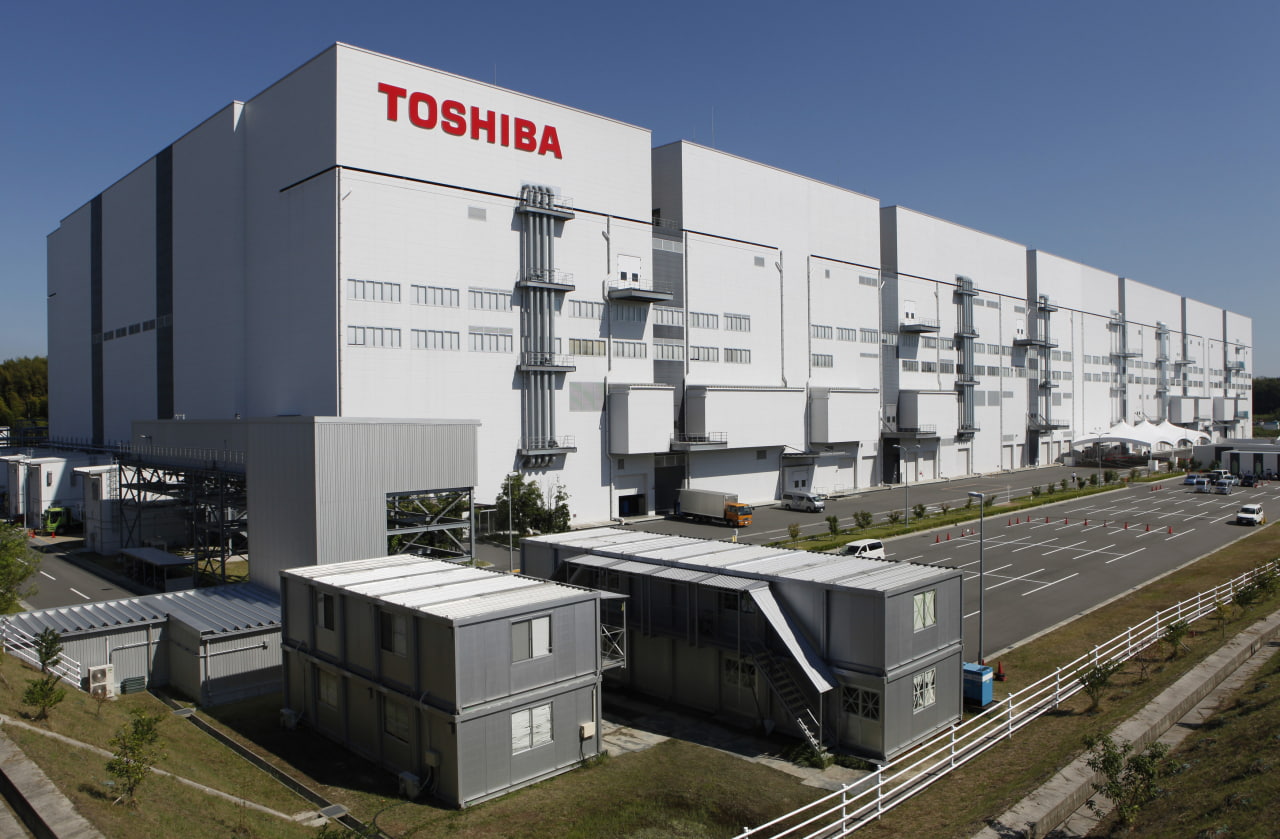Share This Article
Toshiba says it’s switching to a new data recording method
Toshiba Corporation held a presentation of its new strategy, in which it presented its hard disk drive development goals. The Electronic Devices & Storage division is responsible for this type of product, the management of which announced its intention to start producing products with a capacity of 26 TB.
According to Toshiba’s management, the company will master the production of this type of hard drive this year, and next year we can expect the production of devices with a capacity of 30 TB. In addition, after 2026 the company plans to start producing drives of 40TB and more. The new strategy means that Toshiba will switch to a different data recording method. If FC-MAMR is used for hard drives now, the corporation will use MAS-MAMR for larger volumes. In addition, the manufacturer plans to introduce HAMR technology, and the number of plates in the hard drive to increase to eleven.
The company decided to take such a step due to the changing market demands. For a long time, the Japanese manufacturer has been working with businesses that offer cloud solutions. The latter have high requirements not only for hard drive performance and quality but also for hard drive capacity. In order not to lose partners and to remain at the leading position in the component manufacturing sector, Toshiba decided to switch to new technologies.

The corporation was caught up in an unpleasant story related to the production of hard drives in 2020. It turned out that Toshiba, together with WD and Seagate used SMR recording technology in a number of their products. They have never made this information public, which can be regarded as an act of data non-disclosure. The use of this format leads to the incompatibility of drives with certain file servers, in addition, the speed of the drives suffers. Such disks cannot be combined into RAID arrays. After Blocks & Files announced the use of SMR, Toshiba has officially confirmed the information. However, the reason for withholding the data was not reported.
The technology has been used in the production of 3.5-inch and 2.5-inch hard drives, including 4TB capacities.
SMR is used to increase the density of information recording so that more data can fit on a single plate of the drive. In this case, the tracks of the recording are placed overlapping, and it resembles a tile on the roof. However, in spite of the high density, SMR has problems with rewriting, and its speed is significantly reduced. The latter characteristic is important for a number of file servers because the low speed makes it difficult to work with them.

